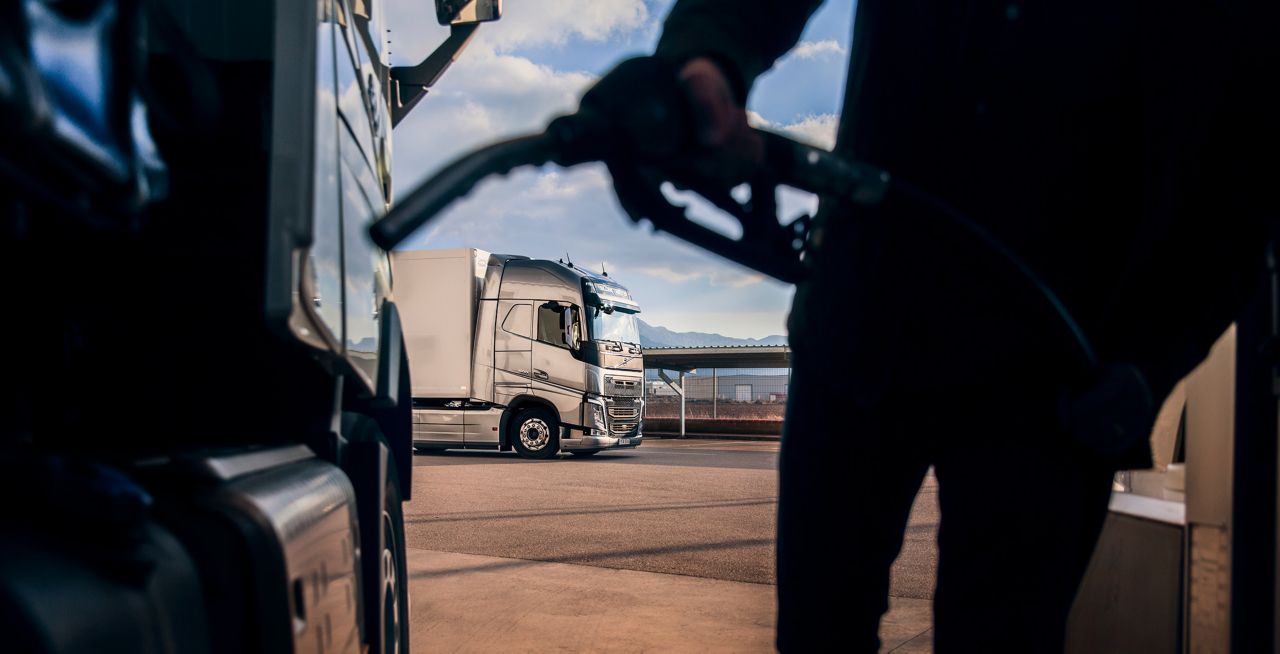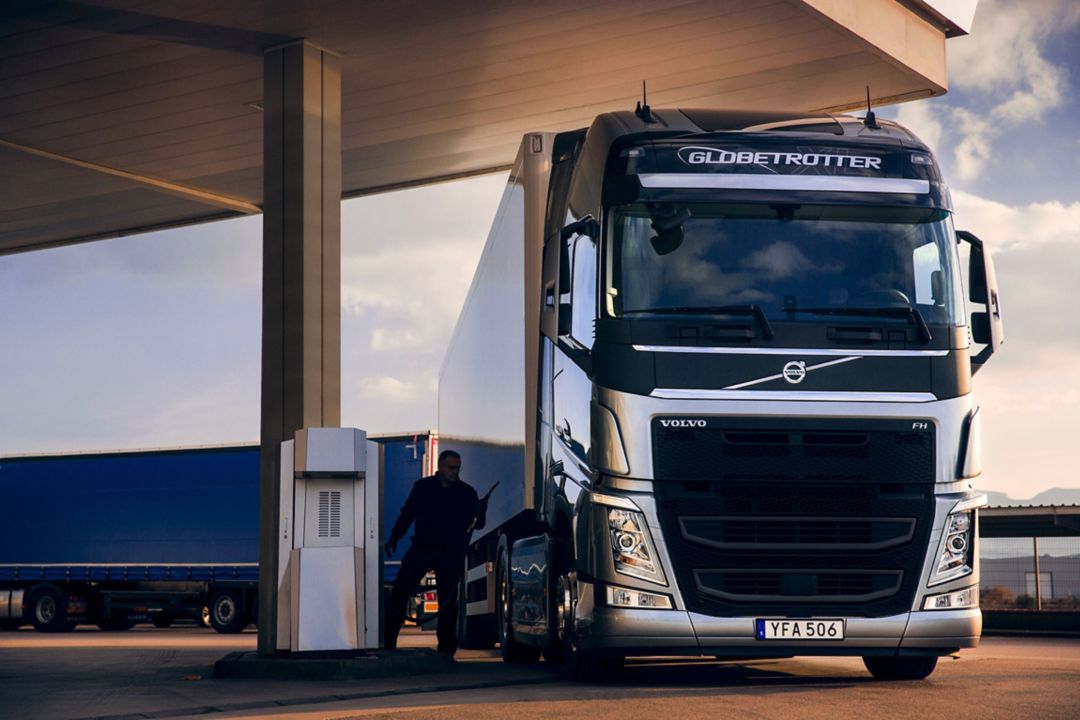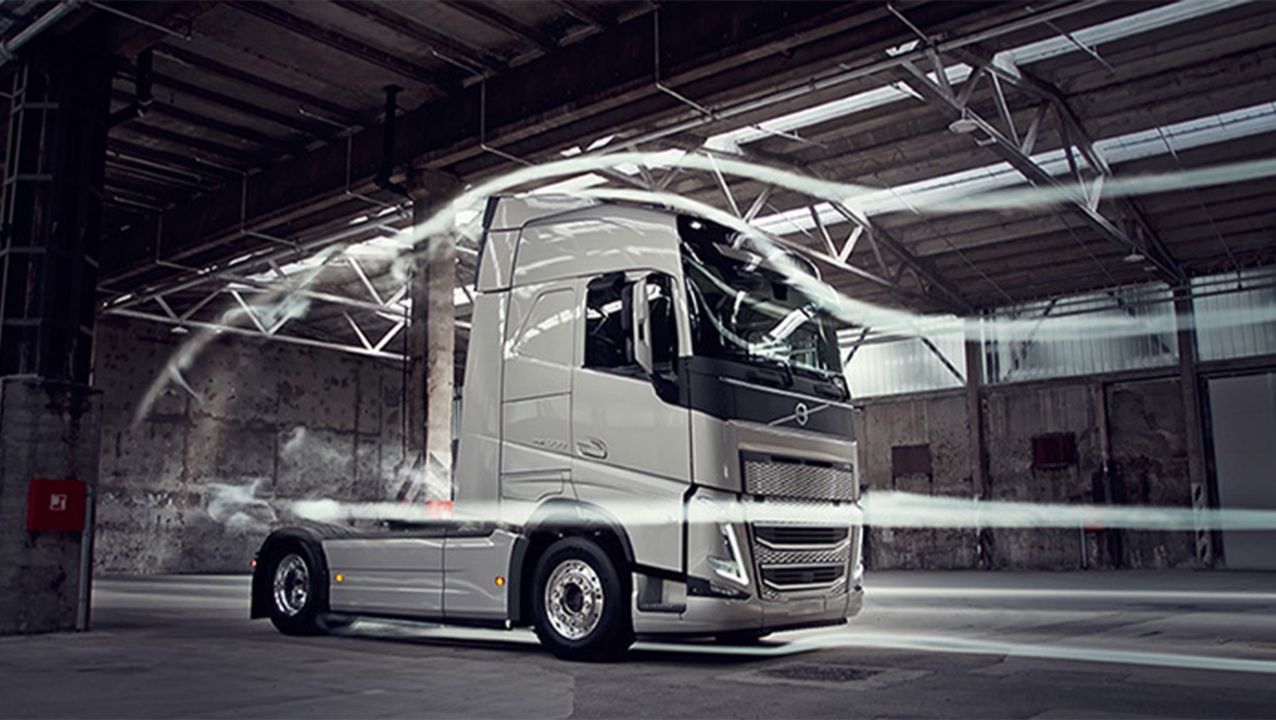Truck drivers play a key role in improving any businesses’ fuel economy but what’s the best way to keep them motivated and inspired?
Different companies have different methods for encouraging its drivers to drive more efficiently and finding the right set-up will depend a lot on a company’s size, operations and assignments. As Driver Development Manager at Volvo Trucks, Tatu Ljokkoi has seen many successful – and unsuccessful - initiatives for motivating drivers. In his experience successful companies all share some common characteristics: a strong team culture, a holistic approach to fuel savings, and long-term commitment.
Why fuel savings require a team effort
In many ways, truck driving is a solitary job with each driver’s technique impacting their own fuel consumption alone. However, that does not make fuel efficiency an individual responsibility. In fact, Tatu Ljokkoi believes that a strong team spirit is essential.
“The whole company needs to be united together, including management,” he says. “You can’t simply delegate fuel efficiency to driver trainers – management should be actively involved in any driver training programme so that everyone is fully aligned and on board. And then it is up to them to actively review and monitor progress, while giving encouragement and recognition as and when needed.”
Another effective way of building team spirit is to involve drivers in the process of setting targets and methods for achieving fuel savings. This can empower them to take responsibility for their own development and make them feel part of the team.
Rewards and incentives: Do they work?
Whether its money or some other prize, offering rewards and incentives can be an effective method for motivating drivers, however you need to think carefully about how such a system is designed and implemented. One common tactic is to pit individual drivers against one another, and simply reward those with the lowest fuel consumption, however this can have unintended consequences.
“There is a risk that a rewards system like this will only motivate drivers who are already really efficient, since they’re the only ones with a good chance of winning,” explains Tatu. “Meanwhile, the less skilled drivers – who have the biggest potential for fuel savings – will be less motivated since they do not see the benefit, and that’s a real missed opportunity.”
Alternatively, setting an overall target for the whole company or fleet, with the rewards distributed equally, will help create a sense of team spirit and will encourage drivers to work together and help one another.
Setting up the right tools, processes and targets
To keep drivers motivated, the processes for monitoring and reviewing fuel consumption need to be consistent, comparable over time and transparent. Given that drivers have different levels of experience and can operate different loads and routes, it’s not always fair or accurate to compare drivers with one another. Instead, it’s best to focus on tracking their own performances over time and identify their own individual areas for improvement.
One good way of doing this is to use a customised fleet management system. This can provide information on different parameters such as engine and gear utilization, speed adaptation, anticipation and braking. This way the drivers themselves can analyse how they drive and see where improvements can be made. The results can then be reviewed through monthly follow-ups. Connectivity and data analytics are also increasingly being used to encourage more efficient driving.
Why fuel efficiency is a journey, not a destination
Driver training is an important tool for helping drivers save fuel but too often it is treated like a one-off, quick fix. “Some people’s expectations are that after one training session, everything will change overnight, but that doesn’t really happen,” says Tatu.
“Driver training is about change management and implementing a new company culture. It’s not something that happens once a year, it’s something that you implement into your daily routines. When you start thinking about it like that, it's easier for drivers to remain focussed and motivated to improve.”
In short, if you leave fuel-efficiency to individual drivers, results will be mixed. But if you want to achieve significant and sustainable fuel savings across your whole fleet, then you should:
- Bring everyone together as a team, with a common goal and an agreed strategy on how to get there.
- Make sure everyone is involved, including management.
- Implement an incentive programme that acknowledges and rewards the whole team and not just individual drivers.
- Establish clear and consistent KPIs.
- Make sure you have regularly follow ups and address areas for improvement.
- Remember that fuel-efficient driving is a continuous journey, not a short-term fix.
If you would like to learn more, read more about the benefits of driver training or how fleet management systems can help save fuel.
Or you can read more on how technology is contributing to more efficient driving and how this affect fuel consumption, uptime and safety.


